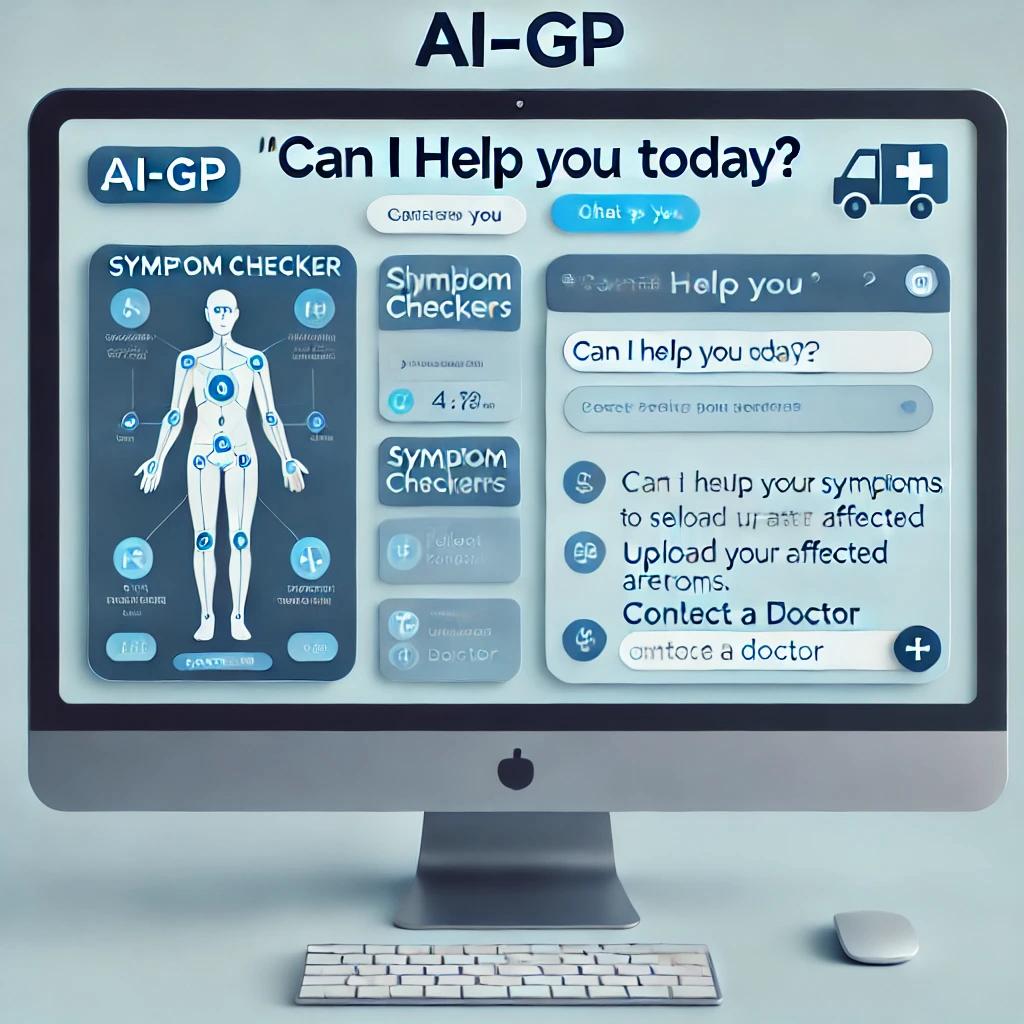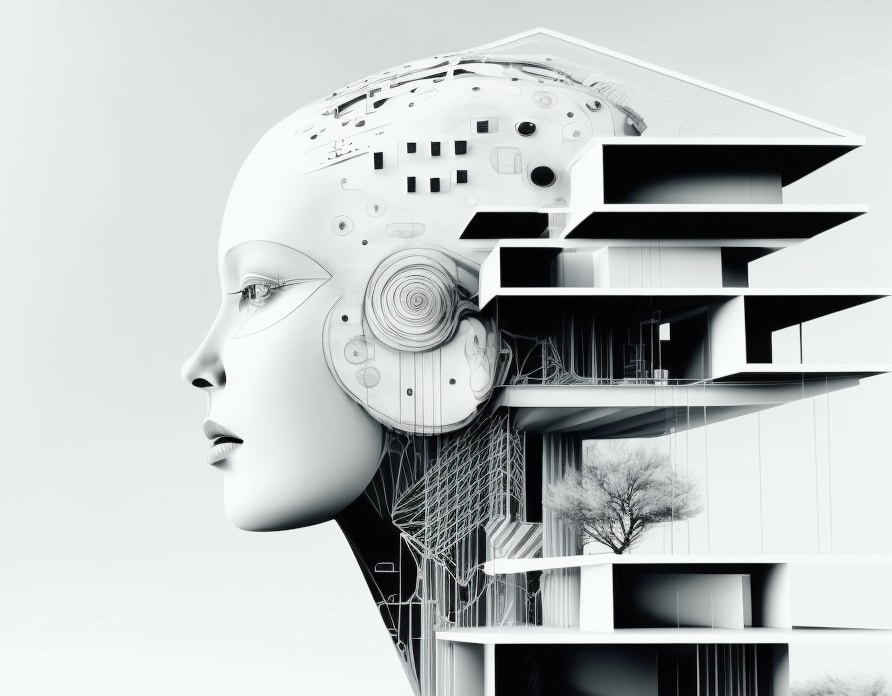Over the past years, the world has observed an increasing demand for accessible healthcare, especially putting pressure on and destabilizing general practitioners (GPs) (van der Horst & de Wit, 2019). To manage current and further challenges in healthcare, we believe the system needs to be transformed by the use of artificial intelligence (AI). By the use of an integrated platform called AI-GP, and blending AI with direct doctor interaction, patient care will be revolutionized and the burden on healthcare providers will be relieved.
AI-GP aims to empower patients through various AI functionalities. First of all, patients who are subscribed to the platform will be able to enter their symptoms into a chatbot or upload images of their symptoms. The system, based on trusted medical sources will generate a possible diagnosis and suggest home remedies for easily salvageable issues. Possible more severe cases will be flagged and patients will be guided to make an appointment with one of the physical doctors connected to the platform. Then, a comprehensive patiënt file will be created with AI-generated questionnaires sent to the patient before their physical appointment so that the doctor can prepare themselves and conduct an effective consultation. Lastly, AI will be able to monitor local health trends, such as flu outbreaks in the area, by recognizing patterns in the reported symptoms. This will help in providing timely alerts for patients and doctors in affected areas to potentially generate preventive solutions.
Over time, by leveraging its extensive database and previous cases, AI-GP will improve itself and its diagnostic capabilities and thus become more valuable. The key functionalities of AI-GP will ultimately make healthcare more accessible for patients, reduce waiting times and improve the early disease detection rate. For healthcare professionals, it will relieve the administrative burden and provide them with more time to spend on critical cases.
AI-GP will first be rolled out in the US, where healthcare access is often too expensive for many citizens (Birn & Hellander, 2016). In the following years, AI-GP will focus on expanding its user base and target area, improving its AI capabilities and becoming a profitable company. Several KPIs are set to track progress. A key strategy includes a referral program to boost subscriptions, rewarding users with discounts or other incentives. The platform will also explore new features like real-time consultations with doctors and partnerships with pharmaceutical companies to in the long run become a one-stop solution. Operating in the healthcare sector is undoubtedly not without risks, but solid mitigation strategies are set to ensure a smooth launch of AI-GP.
By offering an integrated, comprehensive platform with AI functionalities, AI-GP stands out in the competitive landscape and bypasses other competitors that solely offer a chatbot or offer digital healthcare services but lack AI-driven diagnosis. It is set to reshape healthcare by making it faster, more accurate and more accessible. As AI-GP expands, it will redefine the future of healthcare in a market eager for change, setting a new standard for patient care.
(Team 31)
Birn, A., Hellander, I. (2016) Market-driven health care mess: the United States.
van der Horst, H. E., de Wit, N. D. (2019). Redefining the core values and tasks of GPs in the Netherlands The British journal of general practice Practitioners.


